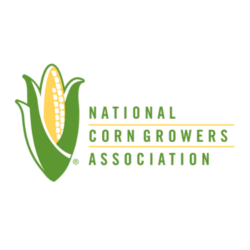
(NAFB) – The National Corn Growers Association says the Environmental Protection Agency didn’t use the best science in assessing glyphosate, atrazine, and simazine.
The agency recently released endangered species biological evaluations for the chemistries, and NCGA says those final assessments vastly inflate the number of species and habitats likely to be adversely affected.
“The assumptions EPA made in drafting this biological evaluation are not based on real-world use of these products,” says Iowa farmer and NCGA president Chris Edgington. “It vastly overestimated the volume farmers use and, instead, relied on inflated levels that resulted in this evaluation.”
Last week’s evaluation looked at the effects of the three chemistries when used at the highest legal limits rather than at levels typically used by farmers. The EPA determination also is based on the assumption that the chemistries get used more frequently than estimates suggest.
The EPA assessment will now get used by the Fish and Wildlife Service to determine if the products harm endangered species, which could result in restrictions.

